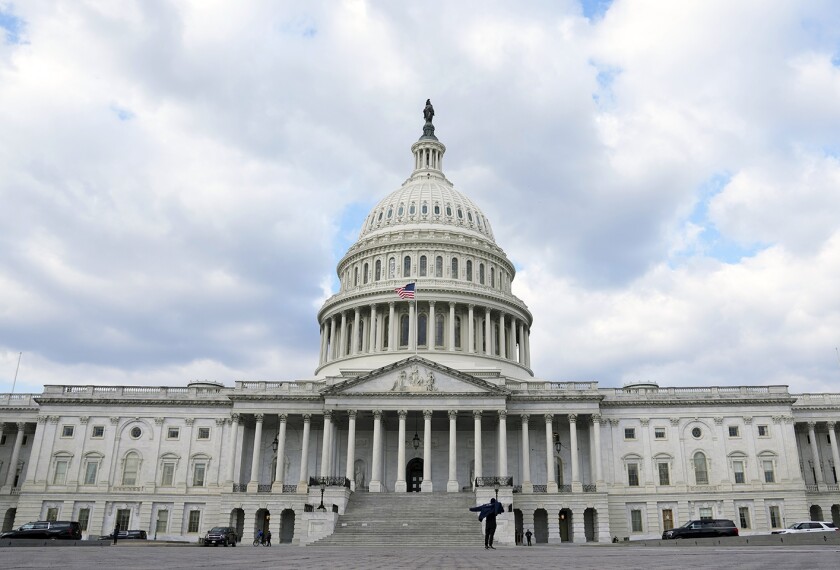Top Kentucky education officials recently previewed an application process for school districts in that state to operate more like charter schools, freed from a host of laws and regulations to run more independently. The goal is to turn public schools into testing grounds for new approaches that better prepare students for college and careers.
Participating districts would gain more flexibility on such core issues as curriculum, instruction, funding, and school scheduling. In return, the districts would offer commitments to improve academic performance, especially among low-achieving students.
Rules in the Works
State officials are still drawing up final rules for the initiative. As a result, districts won’t start getting the designations to operate more like charters until the 2013-14 school year.
Speaking at an Oct. 26 conference attended by many local school officials, Kentucky Commissioner of Education Terry Holliday said the goal was to get away from “business as usual” by promoting classroom innovations that go beyond what existing laws and regulations allow.
“We want you outside of the box,” he said. “We want you to not even think about the box.”
State education officials hope that advances made by the participating districts would spread statewide.
The initiative stems from legislation passed during the state’s most recent legislative session and signed into law by Gov. Steve Beshear, a Democrat. It taps into the growing popularity of charter schools nationwide. Kentucky is among a handful of states that have no charter schools, which typically are granted freedom from many state education regulations. More than 2 million students nationwide now attend charters.
Laws exempting traditional public schools and districts from regulations date back to the mid-1990s in states like Indiana, and recently, Colorado and Tennessee, and cities including New York, have enacted similar policies. Schools in Houston and Denver are working with Harvard University’s Education Innovation Laboratory in Cambridge, Mass., to apply research into the best practices of high-performing charter schools.
Those efforts come amid heated, expensive debates in several states, including Georgia, Pennsylvania, and Washington, over charter school laws and the funding that follows students to whichever school they choose.
Seeking Innovation
In Kentucky, a district wanting to be more charterlike would apply to the state education department to gain designation as a “district of innovation.”
If approved, the status would apply to whichever schools were part of the district’s proposal. It could be every school in a district or just one or two. Teachers would have a voice in the application. Before a school was added to an application, at least 70 percent of its teachers would have to give their approval. Districts also would have to demonstrate how they rewarded risk-taking in education and how being more charterlike would improve student performance.
The Kentucky board of education would make the final selections. The designations would last at least five years, but state education officials would monitor each participating district’s progress. It’s also possible that an “innovation fund” currently being incorporated by the state education department could be used to pay for initiatives within “districts of innovation,” said Lisa Gross, a spokeswoman for the department.
Participating districts would still have to comply with laws and regulations on health, safety, civil rights, and disability rights. They would also be bound to requirements dealing with such matters as compulsory attendance, core academic standards, minimum high school graduation standards, and compliance with open records and meetings. And they still would have to comply with mandates under the federal No Child Left Behind Act, although the state received a waiver from some regulations from the Obama administration. The participating districts would gain considerable new leeway in running their schools. David Cook, the director of innovation in the state education department, estimated that the number of initial districts participating might be five to 10.
“We want schools of innovation not to look like anything we’ve ever seen before, at least in public schools in Kentucky,” Mr. Cook said.
More Specialization
For instance, districts could be more innovative in making assignments for teachers to let them become more specialized. Or districts could create two shifts at participating schools. The district wouldn’t change the total amount of time teachers or students spent in school, but the schedules wouldn’t be the same for everyone.
Crittenden County schools Superintendent Rachel Yarbrough said the initiative would prompt districts to consider how they are preparing students for a changing workplace.
“Sometimes, public education has remained too static, and has not been an institution that’s ready for some dynamic shifts in how it looks and how it sounds and how it functions,” she said. The initiative, Ms. Yarbrough said, “moves us more toward, ‘Are we a dynamic school district? Can we offer a different platform for kids to learn?’ ”
If the effort works, education officials eventually could even ask state lawmakers to relax or repeal those restrictions statewide, Mr. Cook said.
“Ideally, if this ‘district of innovation’ process works well, in a few years we won’t need it,” he said.




